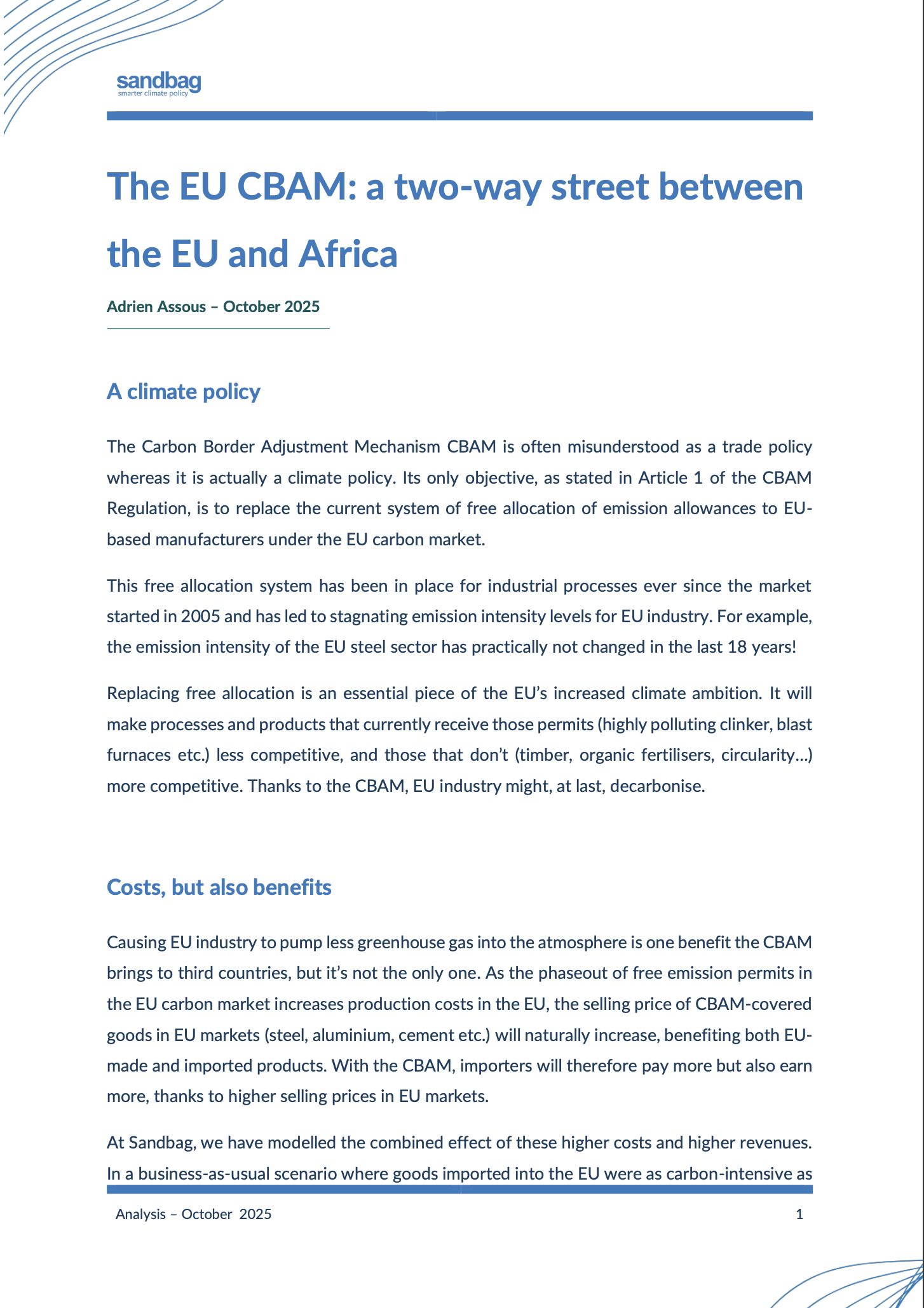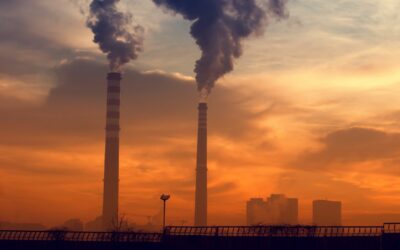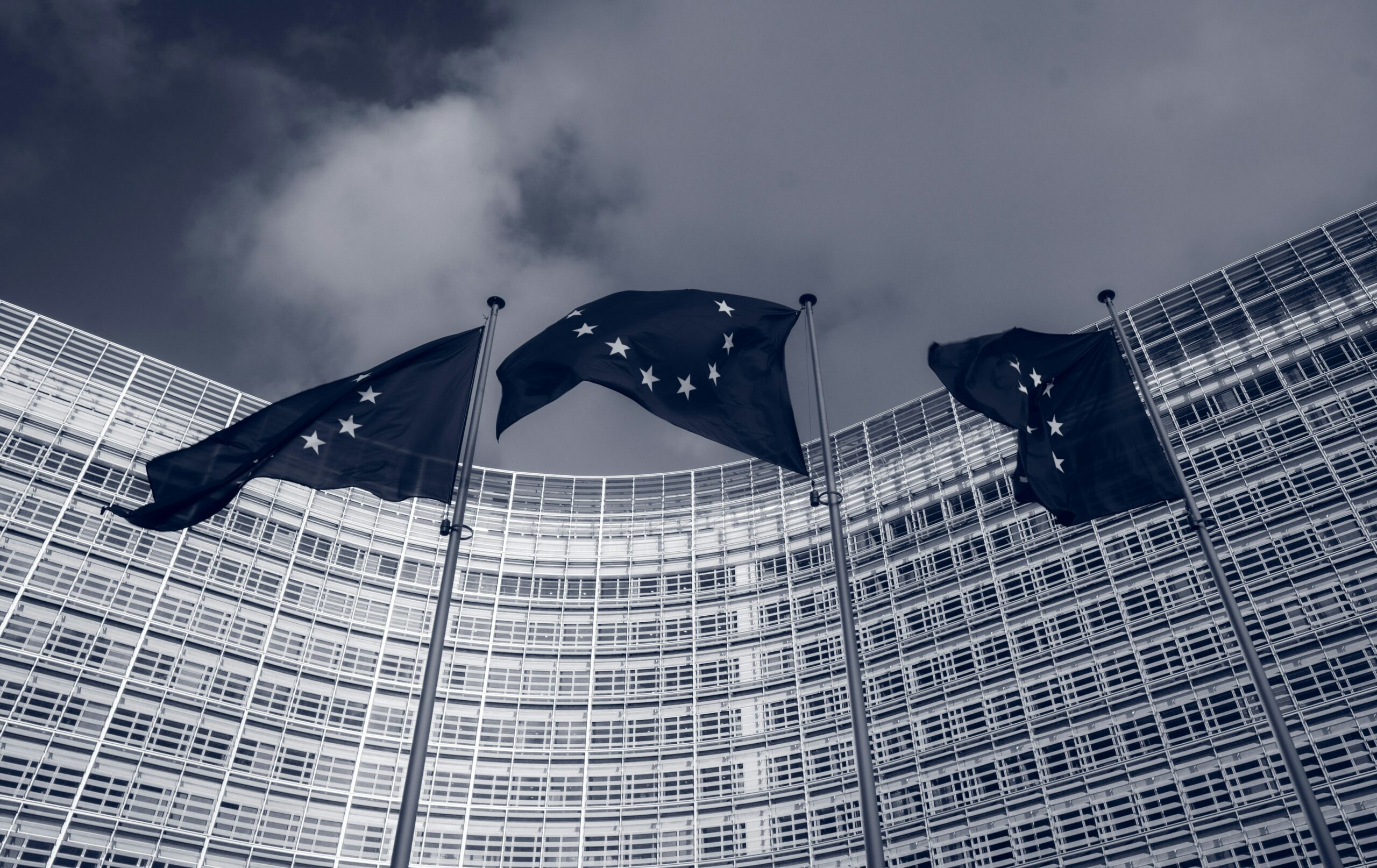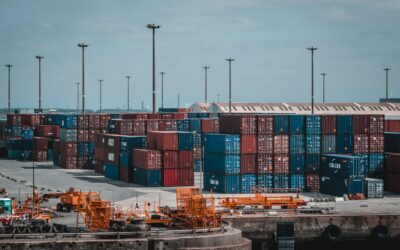Sandbag’s newly released CBAM Simulator allows users to explore how the EU’s Carbon Border Adjustment Mechanism (CBAM) will affect global trade — including Africa.
The analysis, authored by Adrien Assous, examines how the CBAM’s design and future evolution will shape economic impacts on African exports.

A Climate Policy
The Carbon Border Adjustment Mechanism CBAM is often misunderstood as a trade policy whereas it is actually a climate policy. Its only objective, as stated in Article 1 of the CBAM Regulation, is to replace the current system of free allocation of emission allowances to EU-based manufacturers under the EU carbon market.
This free allocation system has been in place for industrial processes ever since the market started in 2005 and has led to stagnating emission intensity levels for EU industry. For example, the emission intensity of the EU steel sector has practically not changed in the last 18 years!
Replacing free allocation is an essential piece of the EU’s increased climate ambition. It will make processes and products that currently receive those permits (highly polluting clinker, blast furnaces etc.) less competitive, and those that don’t (timber, organic fertilisers, circularity…) more competitive. Thanks to the CBAM, EU industry might, at last, decarbonise.
Costs, but also benefits
Causing EU industry to pump less greenhouse gas into the atmosphere is one benefit the CBAM brings to third countries, but it’s not the only one. As the phaseout of free emission permits in the EU carbon market increases production costs in the EU, the selling price of CBAM-covered goods in EU markets (steel, aluminium, cement etc.) will naturally increase, benefiting both EU-made and imported products. With the CBAM, importers will therefore pay more but also earn more, thanks to higher selling prices in EU markets.
At Sandbag, we have modelled the combined effect of these higher costs and higher revenues. In a business-as-usual scenario where goods imported into the EU were as carbon-intensive as they are now, we estimated that €11.3 billion will be paid by importers in CBAM fees each year, of which over half (€6.3 billion) would be recovered thanks to higher selling prices in the EU, leaving only €5.0 billion net costs to importers. Moreover, if the exporting countries set up a domestic carbon tax, that tax may be deducted from CBAM fees. If all countries applied a €50 domestic tax per tonne of CO2-equivalent, it would reduce CBAM net costs to only €0.7 billion for third countries globally. Meanwhile, the CBAM (and related phase-out of free emission permits) will also cost European producers.
Limited impact on Africa
In Sandbag’s analysis, we looked at how different regions will be impacted by the CBAM and estimated that African imports will need to pay about €1.5 billion in CBAM fees, with net costs being around €670 million. That is for the whole continent, and without changing production methods. In such case aluminium imports would actually become more profitable (€+86 million) whereas iron and steel (€-373m) and fertilisers (€-307m) will bear the highest net costs. Some countries would see net benefits from the start, with imports from Mozambique, Ghana and Cameroon becoming more profitable, whereas imports from Egypt, Algeria and South Africa become less profitable.
The above scenario assumes third countries continue exporting to Europe exactly the same products, made in the same way as today. But the CBAM also rewards changes in third countries. For example, by introducing a carbon tax of just half of Europe’s own carbon price, the continent overall would see a net positive impact of the CBAM, with €134 million in net income received from the EU.
We explored another kind of response by third countries, whereby exporters minimize CBAM costs by simply selecting low-emission goods for export to Europe while keeping high-emission goods at home. This strategy, which we called “resource shuffling”, only exploits what some already consider as loopholes without requiring any major industrial transformation. It doesn’t bring any climate benefits either, so the EU will probably try and contain such strategies.
Nevertheless, resource shuffling will probably still be possible to some extent. In the CBAM’s current form, resource shuffling would increase profits for African exports of aluminium (€+118m) and cement (€+90m), and still reduce profits (but less than in business-as-usual) for iron and steel (€-257m).
More CBAM is better
The figures presented above concern the scenario of a CBAM that is limited to its current scope. But it is likely that the CBAM will extended.
The CBAM’s impact on Africa might improve if it is extended. Public consultations have been run by the European Commission, firstly on adding to the CBAM coverage embedded emissions of upstream products (also called precursors) of goods already covered by the CBAM. These could be for example, coke, lime and ferro-silicon in the case of steel products, and alumina and pre-bake anode for the case of aluminium products. Secondly, a possible addition would be to so-called “indirect” carbon which is emitted through the use of fossil-based electricity by the plants manufacturing CBAM goods. This would impact steel products, especially from electric arc furnaces, and even more aluminium, for which indirect emissions are often ten times larger than direct emissions at manufacturing plants.
In some sectors, the impact of such extensions would be significant for African exporters. For example, annual net gains for aluminium exports would almost double to €160m in the business-as-usual scenario, and to €300m if a carbon price is introduced.
Opportunities ahead
Sandbag’s analysis consisted of fairly simple scenarios using production routes and resources already available in each country, and trade data as they were in 2023, but it ignored the most obvious and desirable effect of the CBAM outside the EU: promoting new sustainable production methods in third countries.
By adopting sustainable value chains, African countries would minimise CBAM costs while still reaping the benefits of phased-out free emission permits in the form of higher selling prices in EU markets. When free permits have been removed, EU industry will need to fully decarbonise its large economy to avoid carbon costs, whereas African exporters can avoid CBAM costs by means of a relatively smaller transformation. This transformation will be even easier in sectors where Africa is comparatively better endowed than Europe with resources useful to the green transition.
Adopting more sustainable value chains would not only reduce CBAM costs but also make new African production facilities more competitive domestically if carbon pricing schemes were introduced in their home countries in the future, and internationally if CBAM-like policies were set up in their other export markets as well.
All the simulations used in this paper (and more) are now available through Sandbag’s CBAM Simulator
Related publications
CBAM extension: Closing the emissions gap
Sandbag’s new position paper urges the European Commission to expand the CBAM horizontally and vertically, addressing loopholes and supporting the phase-out of free allocation.
For a systematic use of default values in the CBAM
The current carbon emissions reporting in the CBAM fails to achieve its goal of replacing free allocations under the EU ETS and undermines its integrity. A systematic default value system would improve the CBAM and safeguard the EU ETS.
CBAM DRI loophole requires new free allocation reform
We took part in a targeted survey run by the European Commission’s DG TAXUD on methodologies used to calculate embedded emissions and the rules for adjusting CBAM obligations alongside free allocation under the ETS. Our proposal: free allocation should be reformed to close the ‘DRI loophole’.



